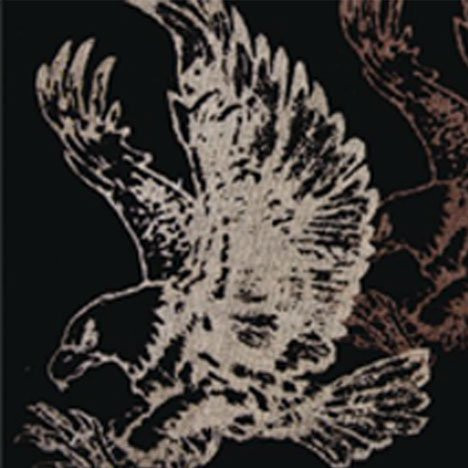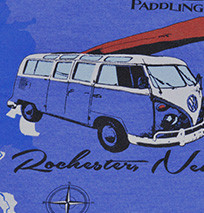

Since 2008 we have been working on perfecting what we do. Today we are happy to be able to offer our customers only the best products with retail quality prints. Unlike a lot of the big guys we try to cater to customers of all sizes. Our screen printing minimum order is only 6 pieces while still being able to produce over 10,000 shirts per day.

Spot Color
Spot color is the process of printing the colors in the design. This usually works best for simple designs with only a few colors

Process
Also called CMYK printing, is the process of printing the full spectrum with halftones of Cyan, Magenta, Yellow, and Black. nThese 4 colors used at different degrees of frequency can replicate the entire color spectrum. This process only works with a white background since it is a subtractive color model, but can replicate as the entire spectrum. This means you can go color crazy with your design or artwork.

Simulated Process
Simulated process is similar to CMYK but is and additive process. This makes dark garments the best choice for this process. Unlike cmyksimulated process uses selective colors (the most prominent colors from any given design) vs using 4 fixed colors as in CMYK.

Discharge
Discharge printing uses the same process as screen printing but the ink formulations are quite a bit different. Unlike typical printing that adds pigment to the top of a fabric, discharge inks remove the pigment from the substrate itself. This process works best on dark colors of cotton. Discharge printing leaves a soft feel (also called hand) to the print.
Inks For Screen Printing

Plastisol
Plastisol inks are tried and true. They are easy to print, do not dry in the screen, can be very opaque on dark garments, and will adhere to most textiles. They are composed of 3 primary parts: a plasticizer, a resin, and pigment.

Waterbased
Water based inks are different from plastisol in that they use water to carry the pigment vs a plasticizer. Water based inks provide a softer feel as they absorb into the fabric more than plastisol.

Metallic
Metallic inks are usually plastisol and carry small metal flakes to make it shine. Typically flakes are made of copper, aluminum, bronze or zinc. Once cured these inks are very sturdy and hold up extremely well over time.

Foil
The foil process is a little different from your typical screen printing. Foil works by screen printing an adhesive to a garment or substrate and then curing (sending down the dryer).
Screen Printing Effects

Vintage/Distressed

High Density Gels


